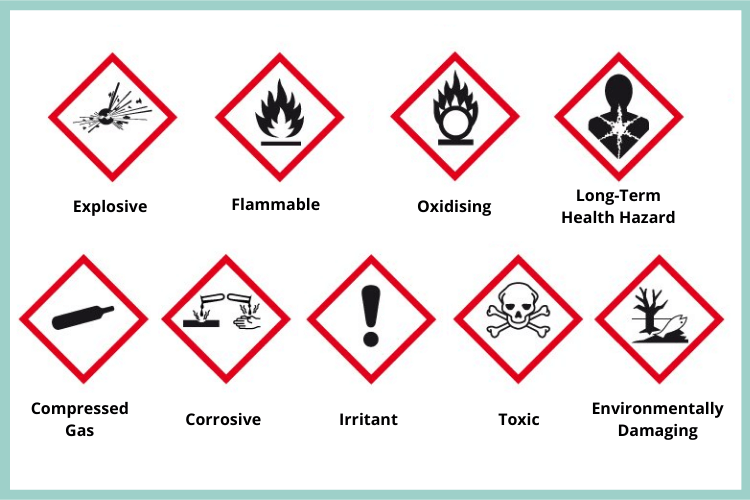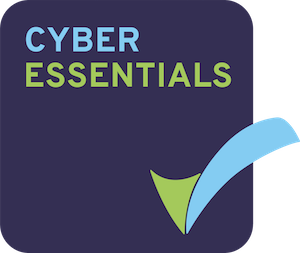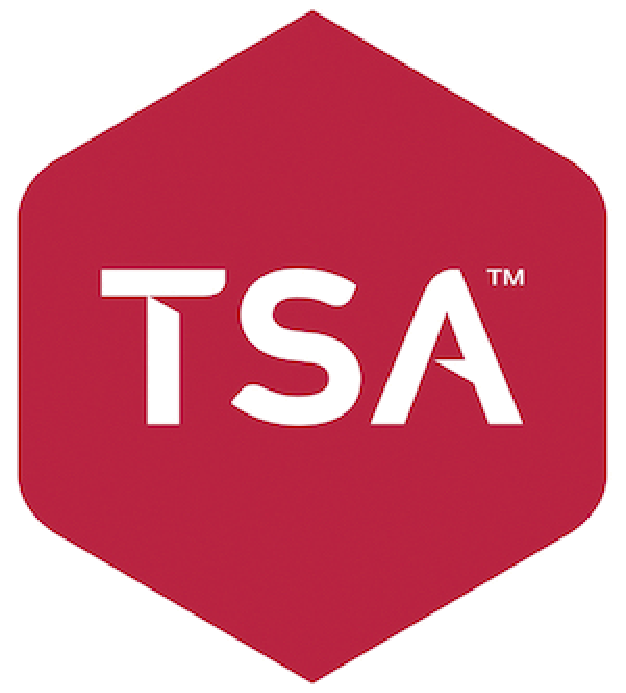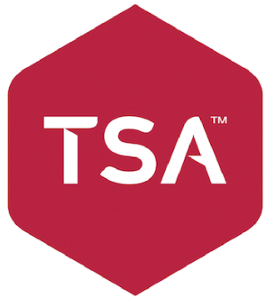In the UK, industries are expected to adhere to certain regulations. As part of your business or employment, you may be aware of COSHH. However, many people are not fully aware of what this is or what the regulations mean. This article aims to provide you with all you need to know about COSHH.
What Does COSHH Stand For?
The COSHH regulations are designed to protect workers from ill health and injury when working with potentially hazardous substances and materials. The acronym COSHH stands for:
“Control of Substances Hazardous to Health“.
This legislation has been in place for over 25 years, but it was most recently re-enacted in 2002, amending the Control of Substances Hazardous to Work Regulations 1999.
Breaching these regulations is a criminal act for both employers and employees. It can be punished by an unlimited fine.
How Does COSHH Work?
The COSHH regulations were introduced to reduce and control the exposure of employees to substances that could be hazardous to their health. They are used to identify hazardous substances and determine how they may cause harm to employees. Findings are then used to reduce the risk to the welfare of employees.
To ensure regulations are followed, employers and employees must abide by their key responsibilities.
Employer Responsibilities
As outlined in The Control of Substances Hazardous to Health Regulations 2002, employers are required to:
- Prevent or control exposure to hazardous substances, including providing personal protective equipment (PPE).
- Implement control measures around hazardous substances, review and update these measures, and ensure employees adhere to these measures.
- Provide adequate training for employees focused on working with hazardous substances.
- Create and implement procedures for addressing accidents and emergencies involving hazardous substances.
- Ensure employees exposed to hazardous substances receive adequate supervision.
- Perform risk assessments focused on COSHH.
- Ensure employees are not exposed to hazardous substances beyond the Workplace Exposure Limit (WEL).
- Promote a culture of adherence to the COSHH regulations.
Employee Responsibilities
Any employee who works with hazardous materials must also follow the COSHH regulations. Their responsibilities include:
- Assisting colleagues to follow COSHH regulations and otherwise ensure a safe working environment.
- Adhere to procedures set out by the employer.
- When provided, wear the correct personal protective equipment, and store it correctly between usage.
- Report all accidents, spillages, and breakages.
- Attend any medical check-ups they are required to.
- Use provided cleaning and showering facilities as outlined in official procedures.
- Attend and implement training courses provided by employers.
What Count as Hazardous Substances?
All workplaces contain hazards. However, if your business works with hazardous substances, it is important to be aware of what is included. Under COSHH, these substances include:
- Liquids
- Solids
- Fumes
- Dust
- Vapours
- Fibres
- Nanoparticles
- Mists
- Gases
- Biological agents (e.g., bacteria and viruses)
These substances are classed as hazardous if they can cause damage to the soft tissues, genes, internal organs, or the central nervous system. They are also counted as hazardous if there is a risk of combustion or explosions. Furthermore, some hazardous substances, such as asbestos, could cause an employee to develop fatal diseases.
Because of the broad spectrum of substances that count as hazardous, more industries than you may think should be implementing the COSHH regulations. As well as more obvious workplaces, such as quarries, factories, and chemical plants, risks can be encountered in cleaning, construction, and food preparation.
COSHH Symbols
Regardless of the industry you work in, you have likely seen the COSHH hazard symbols before.

These symbols are designed to be used alongside workplace procedures. For example, there may be a different procedure to follow when handling flammable substances than corrosive substances.
Employers and employees alike should be conscious of these symbols and what they mean. Training courses are available to ensure all workers understand the meanings of, and risks associated with, the different types of substance.
Keeping Lone Workers Safe
Adhering to the COSHH regulations is not the only way to keep employees safe. Health and safety is crucial in every workplace. However, it becomes especially important if you employ lone workers.
Lone workers should feel safe in the knowledge that they can call for help whenever it is needed. A Lone Alarm provides this reassurance. If a lone worker requires assistance, they simply activate their alarm, and our 24/7 Monitoring Team will arrange help. Lone Alarms come fitted with GPS locators and fall detector capabilities, ensuring your lone workers will always be in safe hands.
To find out more about Lone Alarms, read our Features page. If you have any questions, or to buy a Lone Alarm today, call us on 0800 03 08 222.
Editor’s Note: This article was updated on 10th April 2024 to reflect current information.












